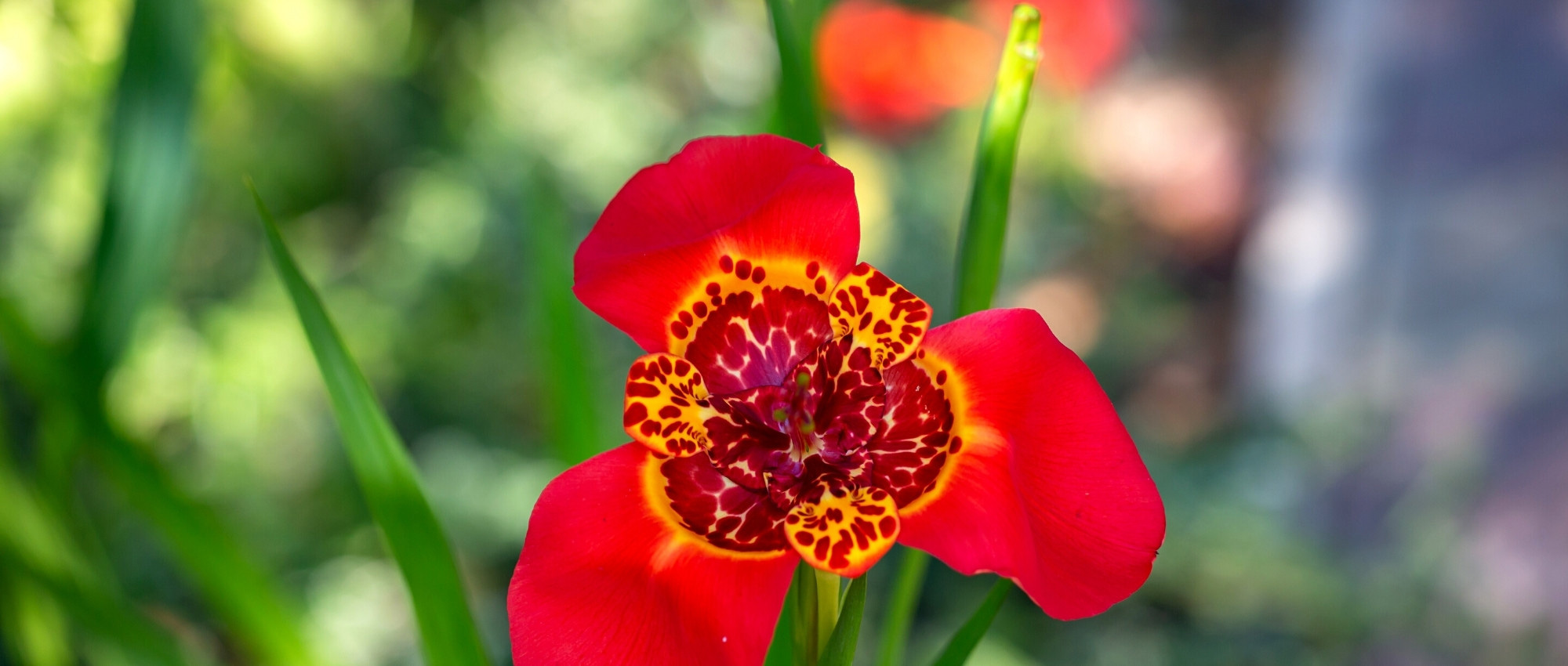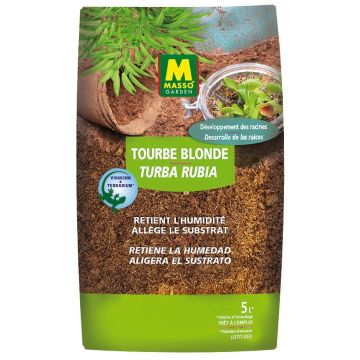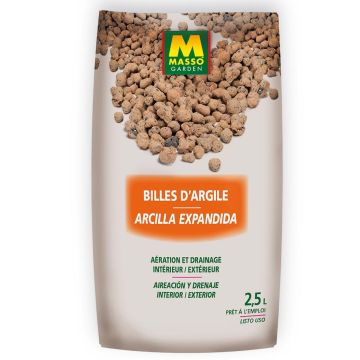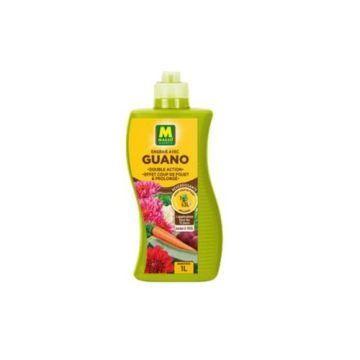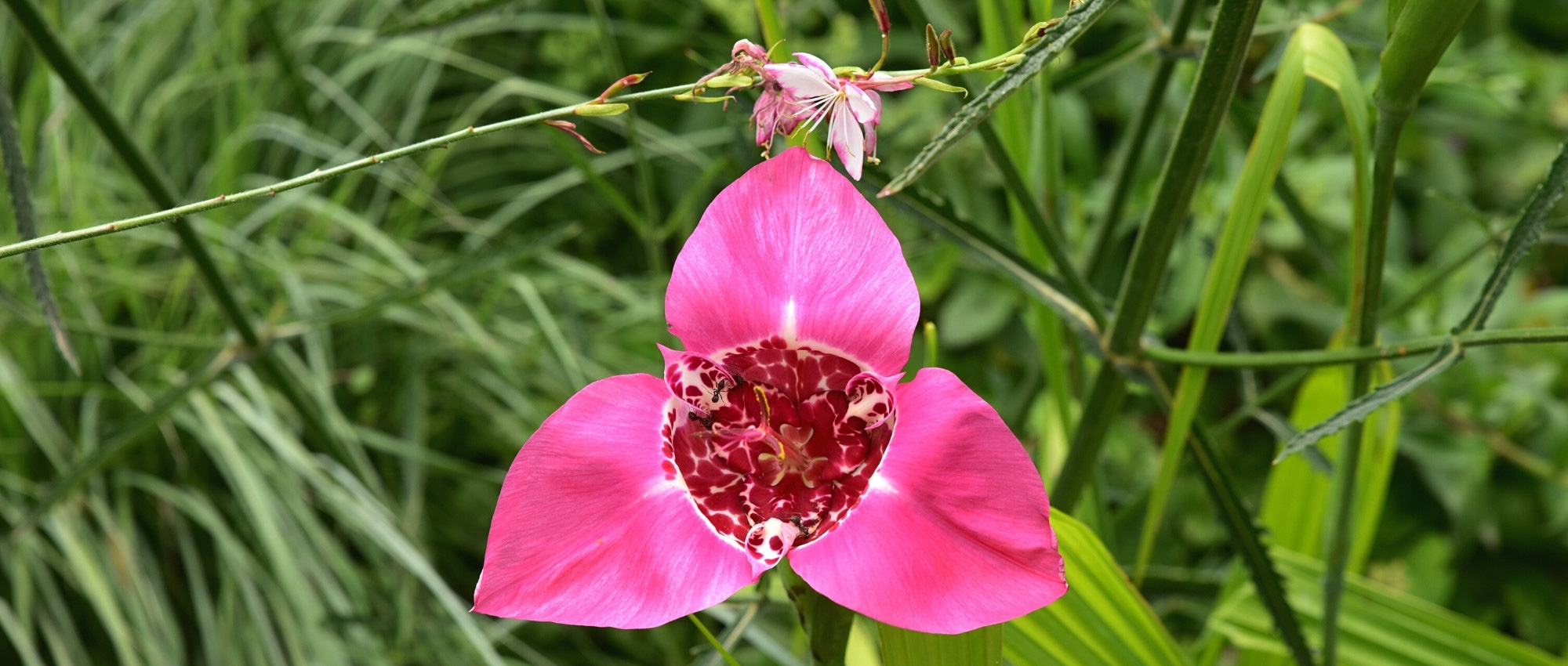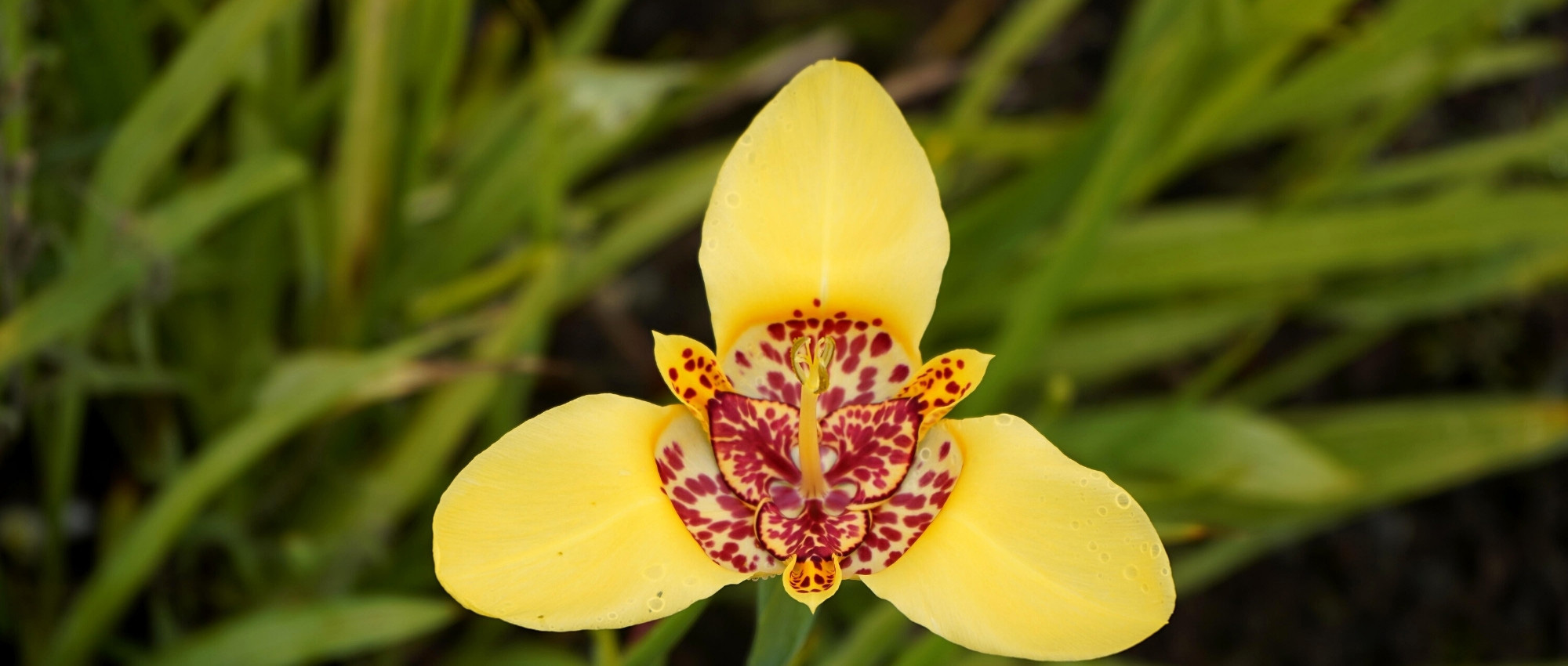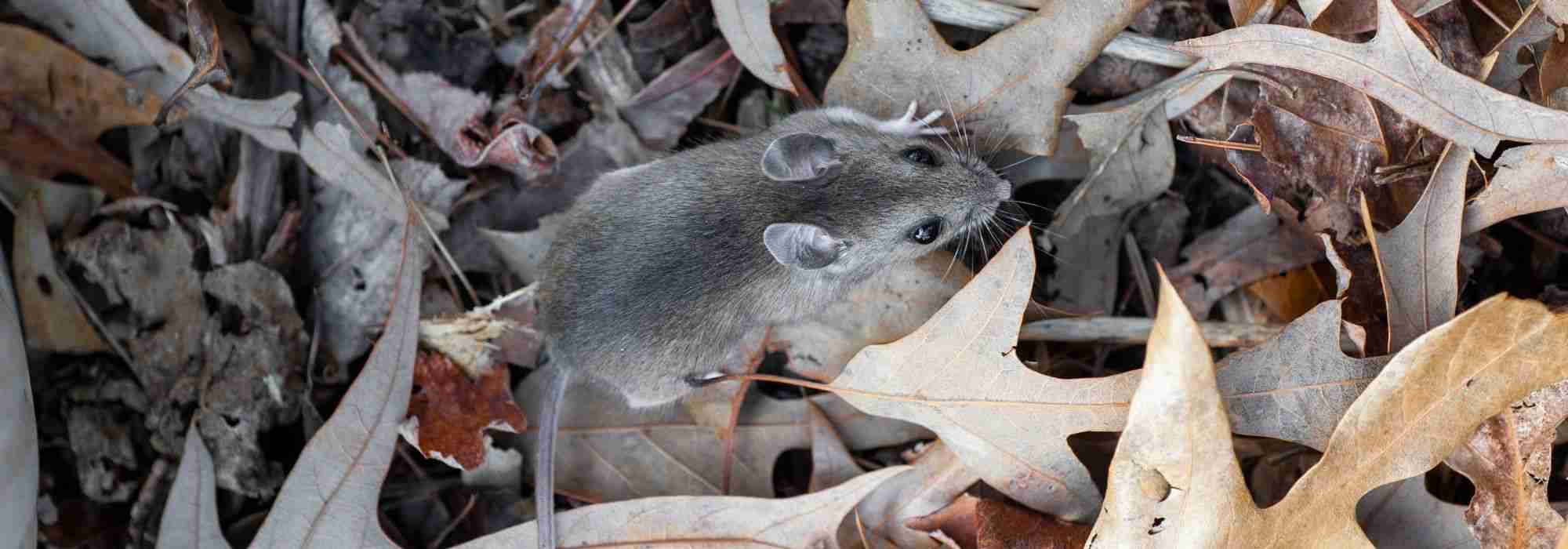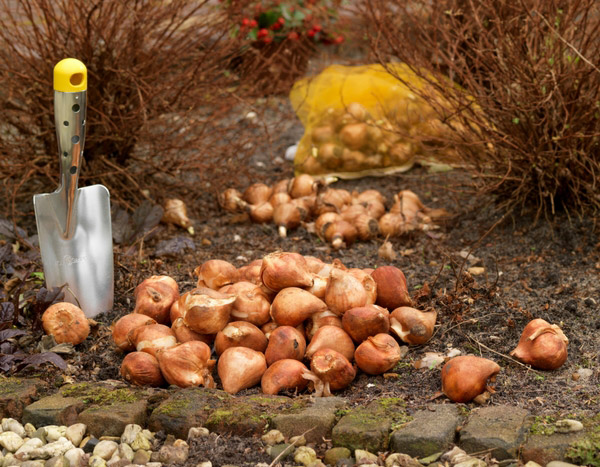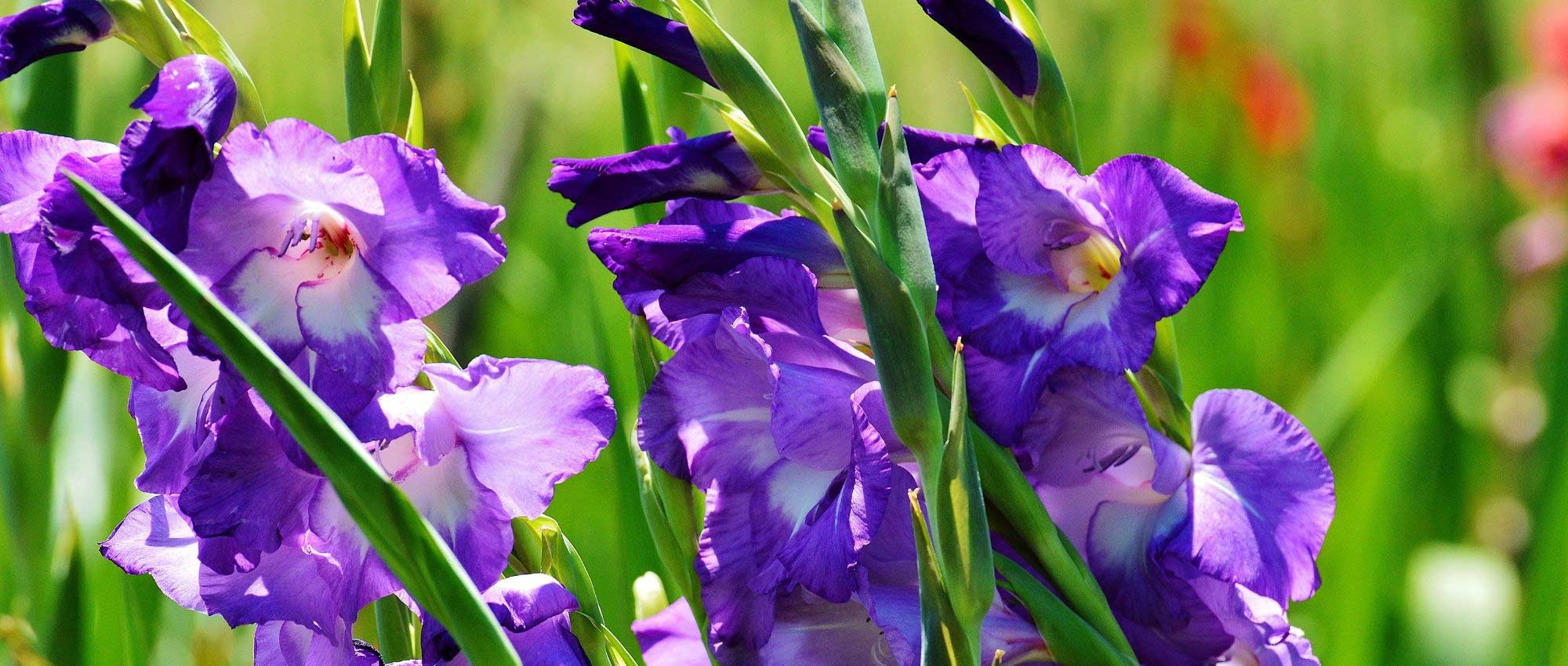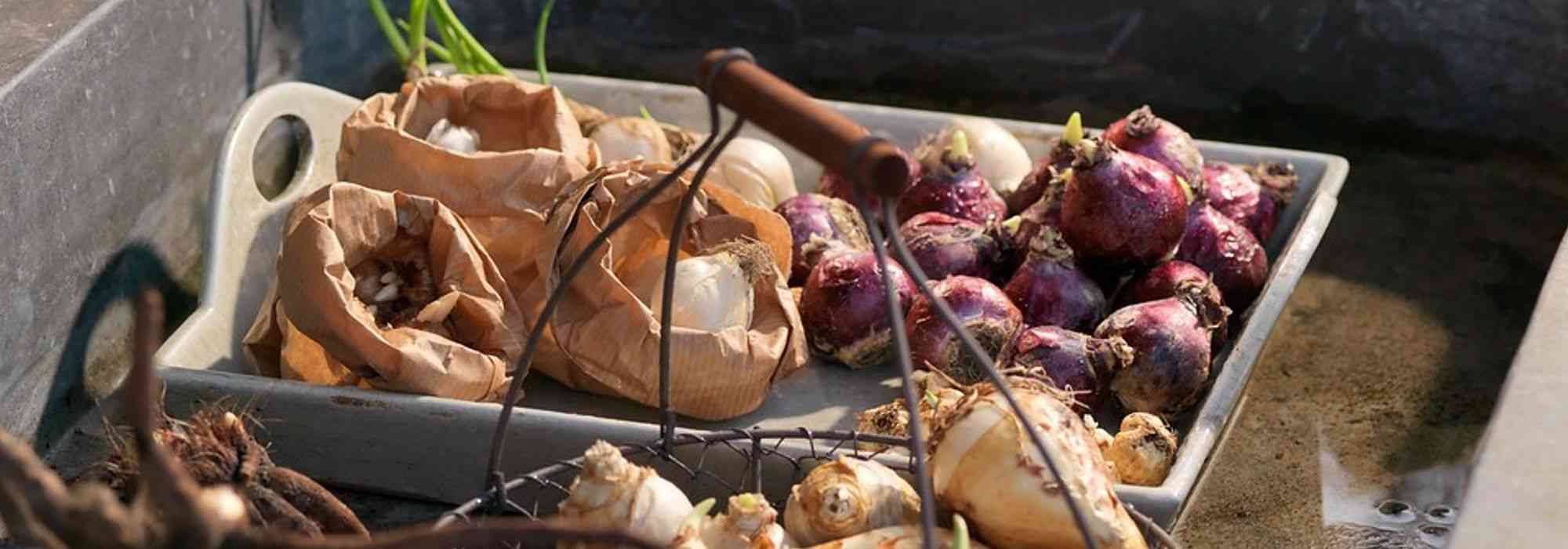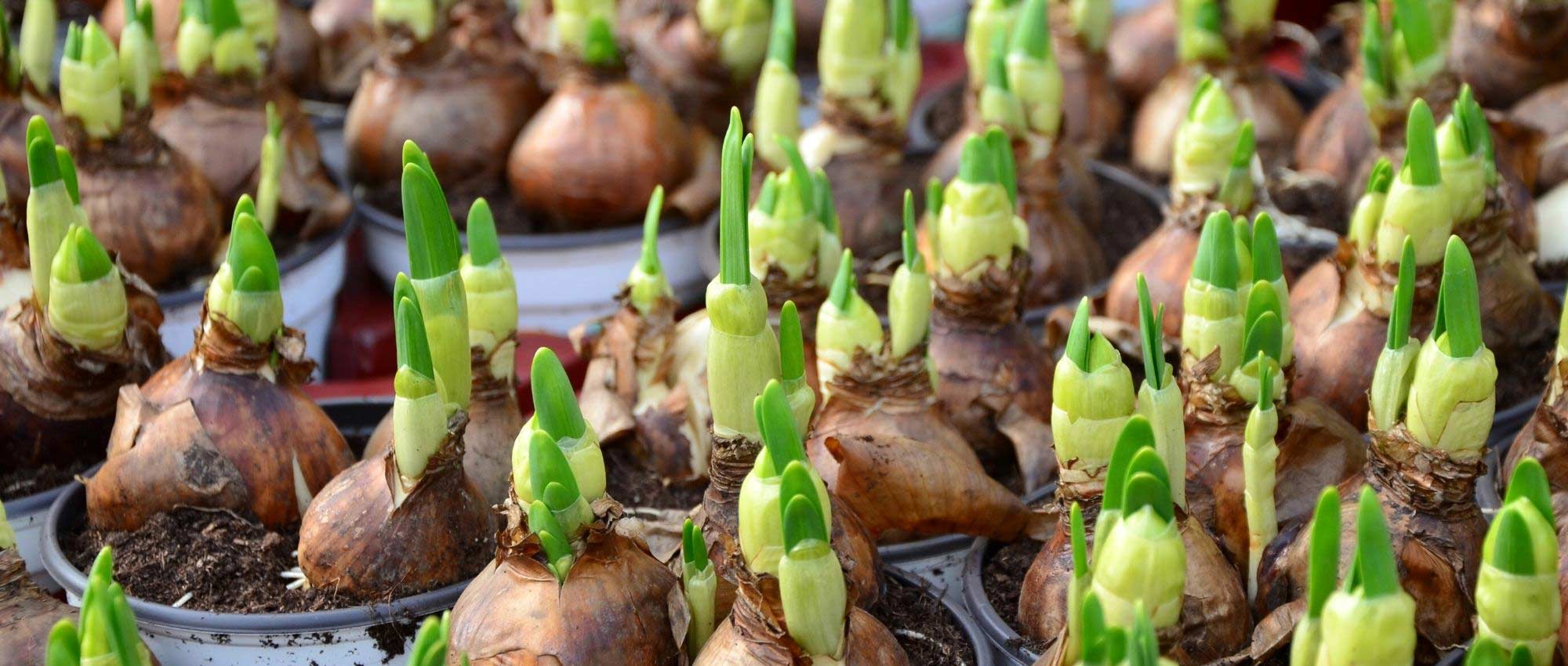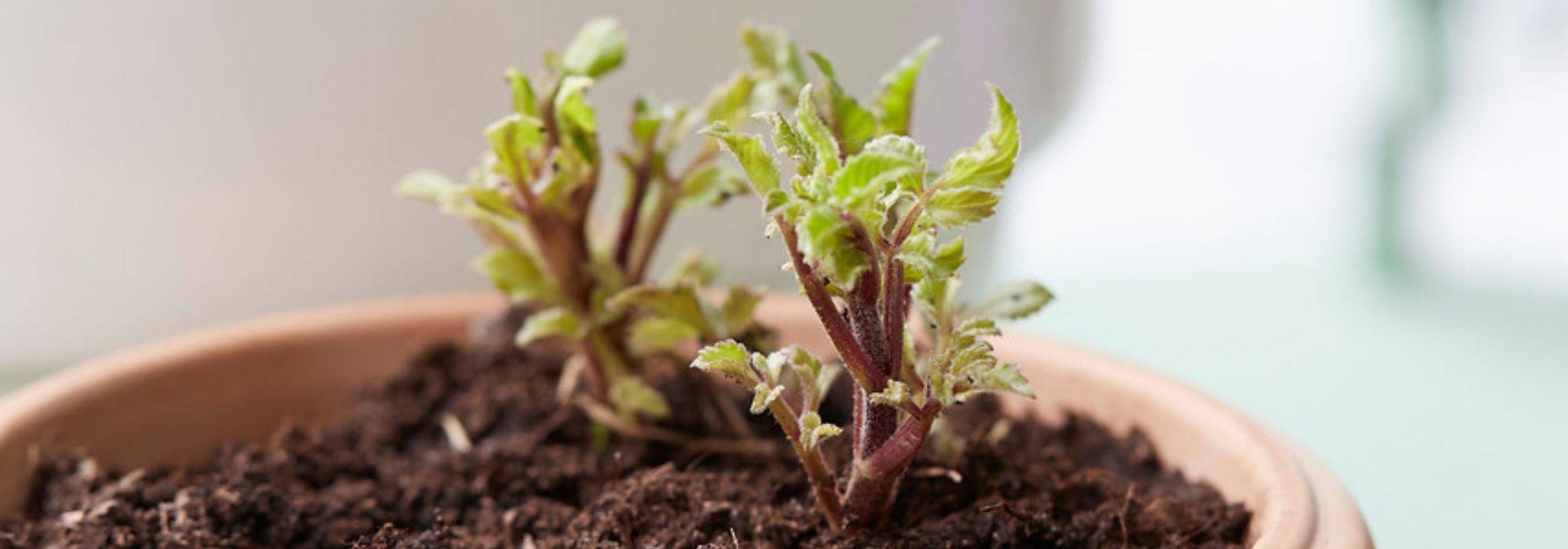

Tigridia pavonia Lilacea
Tigridia pavonia Lilacea
Tigridia pavonia Lilacea
Peacock Flower, Mexican Shellflower, Tiger Iris
Thanks to the individuals (C.D. for order preparation & quality control and Nöella from the shipping department), the 10 bulbs I received still appear to be healthy (despite some traces of mold). Planted along the pathway, near several red roses, I am now waiting for them to take root...
Thierry, 18/02/2021
Special offer!
Receive a €20 voucher for any order over €90 (excluding delivery costs, credit notes, and plastic-free options)!
1- Add your favorite plants to your cart.
2- Once you have reached €90, confirm your order (you can even choose the delivery date!).
3- As soon as your order is shipped, you will receive an email containing your voucher code, valid for 3 months (90 days).
Your voucher is unique and can only be used once, for any order with a minimum value of €20, excluding delivery costs.
Can be combined with other current offers, non-divisible and non-refundable.
This plant carries a 6 months recovery warranty
More information
We guarantee the quality of our plants for a full growing cycle, and will replace at our expense any plant that fails to recover under normal climatic and planting conditions.
Does this plant fit my garden?
Set up your Plantfit profile →
Description
Tigridia pavonia 'Lilacea', also known as the bulblet eye or Tiger Lily, is a bulbous plant appreciated for its large, brightly coloured triangular flowers with a strongly exotic appearance. They display large, intensely fuchsia rose-coloured petals adorned with a purple-red striped throat on a white background. Each flower lasts only one day, but they succeed each other on the plants for two months. It is a plant that is not very hardy, but generous and easy to grow. Tigridia makes beautiful flowering pots for the terrace or balcony, which can be stored in a greenhouse or conservatory during winter. The bulbs can survive winter in the ground in very mild climates.
Tigridia pavonia 'Lilacea' is native to Mexico, Guatemala, and Peru. This bulbous plant is a relative of the garden iris, both belonging to the family Iridaceae. In spring, it forms a clump of dark green, sword-shaped, veined, and plicate leaves measuring 20 to 50cm (8 to 20in) long, grouped in a basal fan. Once established, it grows rapidly. Flowering occurs in summer, over several weeks in July and August. Floral stems, sometimes branched, emerge at a height of about 45cm (18in), bearing one to three leaves and 4 to 10 flowers measuring 10cm (4in) in diameter, each lasting only one day but succeeding each other. The fascinating and intriguing flowers consist of three large triangular petals and three other tiny, strangely spotted ones, just like the heart, in purple-red. The bulbs of this plant are edible. They produce bulblets that will flower in two years. The vegetation dries up at the end of summer as the plant enters dormancy.
In well-protected borders where frosts are mild, it is possible to leave the bulbs in the ground during the dormant period in winter. Elsewhere, Tigridia 'Lilacea' is a standout plant for growing in large pots that can be brought indoors during winter. These plants were the queens of Victorian gardens in the 19th century. Choose a sunny and sheltered location for them. Don't hesitate to plant them directly in pure sand; it will improve their hardiness. Plant Tigridia pavonia 'Lilacea' in groups and grow them in the sun (or partial shade in southern France), bordering an exotic bed alongside catmints, Galtonia, Amaryllis belladonna, Alstroemerias, and Crinums. They also combine well with Ageratums and Agapanthus. The flowers will be stunning in exotic bouquets.
Tigridia pavonia Lilacea in pictures
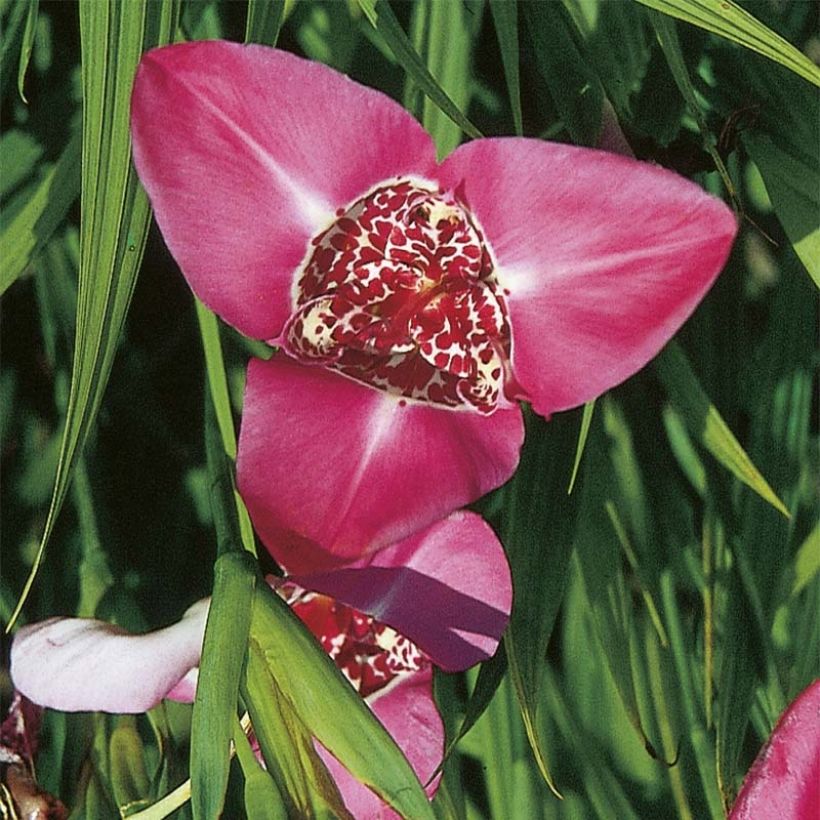

Plant habit
Flowering
Foliage
Botanical data
Tigridia
pavonia
Lilacea
Iridaceae
Peacock Flower, Mexican Shellflower, Tiger Iris
Cultivar or hybrid
Planting and care
Although originally from subtropical regions, Tigridia pavonia can withstand light frosts (-5 °C with a protective mulch). Plant the bulbs in April, about ten centimetres deep, in a rich and light substrate. A mixture of regular soil, leaf compost, and coarse sand will work very well. In colder regions, bring the bulbs indoors before the frosts and let them dry in a heated room. Keep them dry during winter in sand or turf boxes. In spring, you can replant the bulbs and bulblets that adhere to them. Tigridias require a very bright exposure to flower well. Water once or twice a week throughout the entire growing season, even though these plants can tolerate short periods of drought, which, in any case, affects their flowering. Prefer an open, sunny, and protected location. Don't hesitate to plant them directly in pure sand, as it will improve their hardiness.
Planting period
Intended location
Care
Planting & care advice
-
, onOrder confirmed
Reply from on Promesse de fleurs
Haven't found what you were looking for?
Hardiness is the lowest winter temperature a plant can endure without suffering serious damage or even dying. However, hardiness is affected by location (a sheltered area, such as a patio), protection (winter cover) and soil type (hardiness is improved by well-drained soil).

Photo Sharing Terms & Conditions
In order to encourage gardeners to interact and share their experiences, Promesse de fleurs offers various media enabling content to be uploaded onto its Site - in particular via the ‘Photo sharing’ module.
The User agrees to refrain from:
- Posting any content that is illegal, prejudicial, insulting, racist, inciteful to hatred, revisionist, contrary to public decency, that infringes on privacy or on the privacy rights of third parties, in particular the publicity rights of persons and goods, intellectual property rights, or the right to privacy.
- Submitting content on behalf of a third party;
- Impersonate the identity of a third party and/or publish any personal information about a third party;
In general, the User undertakes to refrain from any unethical behaviour.
All Content (in particular text, comments, files, images, photos, videos, creative works, etc.), which may be subject to property or intellectual property rights, image or other private rights, shall remain the property of the User, subject to the limited rights granted by the terms of the licence granted by Promesse de fleurs as stated below. Users are at liberty to publish or not to publish such Content on the Site, notably via the ‘Photo Sharing’ facility, and accept that this Content shall be made public and freely accessible, notably on the Internet.
Users further acknowledge, undertake to have ,and guarantee that they hold all necessary rights and permissions to publish such material on the Site, in particular with regard to the legislation in force pertaining to any privacy, property, intellectual property, image, or contractual rights, or rights of any other nature. By publishing such Content on the Site, Users acknowledge accepting full liability as publishers of the Content within the meaning of the law, and grant Promesse de fleurs, free of charge, an inclusive, worldwide licence for the said Content for the entire duration of its publication, including all reproduction, representation, up/downloading, displaying, performing, transmission, and storage rights.
Users also grant permission for their name to be linked to the Content and accept that this link may not always be made available.
By engaging in posting material, Users consent to their Content becoming automatically accessible on the Internet, in particular on other sites and/or blogs and/or web pages of the Promesse de fleurs site, including in particular social pages and the Promesse de fleurs catalogue.
Users may secure the removal of entrusted content free of charge by issuing a simple request via our contact form.
The flowering period indicated on our website applies to countries and regions located in USDA zone 8 (France, the United Kingdom, Ireland, the Netherlands, etc.)
It will vary according to where you live:
- In zones 9 to 10 (Italy, Spain, Greece, etc.), flowering will occur about 2 to 4 weeks earlier.
- In zones 6 to 7 (Germany, Poland, Slovenia, and lower mountainous regions), flowering will be delayed by 2 to 3 weeks.
- In zone 5 (Central Europe, Scandinavia), blooming will be delayed by 3 to 5 weeks.
In temperate climates, pruning of spring-flowering shrubs (forsythia, spireas, etc.) should be done just after flowering.
Pruning of summer-flowering shrubs (Indian Lilac, Perovskia, etc.) can be done in winter or spring.
In cold regions as well as with frost-sensitive plants, avoid pruning too early when severe frosts may still occur.
The planting period indicated on our website applies to countries and regions located in USDA zone 8 (France, United Kingdom, Ireland, Netherlands).
It will vary according to where you live:
- In Mediterranean zones (Marseille, Madrid, Milan, etc.), autumn and winter are the best planting periods.
- In continental zones (Strasbourg, Munich, Vienna, etc.), delay planting by 2 to 3 weeks in spring and bring it forward by 2 to 4 weeks in autumn.
- In mountainous regions (the Alps, Pyrenees, Carpathians, etc.), it is best to plant in late spring (May-June) or late summer (August-September).
The harvesting period indicated on our website applies to countries and regions in USDA zone 8 (France, England, Ireland, the Netherlands).
In colder areas (Scandinavia, Poland, Austria...) fruit and vegetable harvests are likely to be delayed by 3-4 weeks.
In warmer areas (Italy, Spain, Greece, etc.), harvesting will probably take place earlier, depending on weather conditions.
The sowing periods indicated on our website apply to countries and regions within USDA Zone 8 (France, UK, Ireland, Netherlands).
In colder areas (Scandinavia, Poland, Austria...), delay any outdoor sowing by 3-4 weeks, or sow under glass.
In warmer climes (Italy, Spain, Greece, etc.), bring outdoor sowing forward by a few weeks.






























